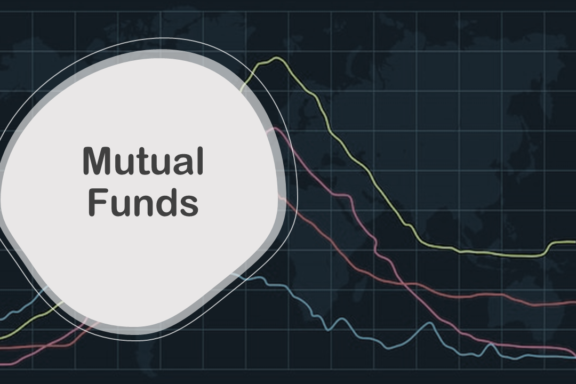Introduction:
In recent years, Exchange-Traded Funds (ETFs) have gained significant popularity among investors looking for efficient and diversified investment options. ETFs represent a basket of securities, such as stocks, bonds, or commodities, and trade on stock exchanges, providing investors with a convenient and flexible way to access a wide range of asset classes. This article aims to demystify ETFs, explore their benefits, and shed light on why they have become an integral part of modern investment portfolios.
Understanding ETFs
At their core, ETFs are investment funds that aim to track the performance of a specific index, sector, or asset class. Unlike mutual funds, which are priced at the end of the trading day, ETFs can be bought and sold throughout the trading day, just like individual stocks. This real-time tradability provides investors with greater liquidity and the ability to respond to market conditions promptly.
ETFs are typically passively managed, meaning they aim to replicate the performance of a specific benchmark rather than actively selecting and managing securities. This passive management approach is achieved by holding a diversified portfolio of securities that closely mirrors the composition of the target index or asset class. The primary objective is to match the returns of the underlying index, rather than outperform it.
Structure and Types of ETFs:
ETFs can be structured in several ways, each with its own unique features. The most common types of ETFs include:
Index ETFs:
These ETFs track a specific index, such as the Nifty 50, Sensex, S&P 500 or the FTSE 100, providing investors with exposure to a wide range of stocks and aim to replicate its performance. They hold a diversified portfolio of securities in the same proportion as the index.
Bond ETFs:
These ETFs invest in a range of fixed-income securities, such as government bonds, corporate bonds, or municipal bonds. They provide investors with exposure to the bond market and its potential income.
Sector ETFs:
These ETFs focus on specific sectors or industries, such as technology, healthcare, or energy. They allow investors to target specific segments of the market.
Commodity ETFs:
These ETFs invest in physical commodities like gold, silver, oil, or agricultural products. They provide a convenient way to gain exposure to commodity markets without directly owning the physical assets.
Benefits of ETFs:
Diversification:
ETFs offer instant diversification by holding a basket of securities within a single investment. This diversification helps reduce the impact of individual stock or bond fluctuations on the overall portfolio. Investors can gain exposure to a wide range of asset classes, sectors, and geographic regions through a single ETF, providing a level of risk mitigation.
Liquidity:
As mentioned earlier, ETFs trade on stock exchanges throughout the trading day, allowing investors to buy or sell shares at market prices. This feature provides liquidity and flexibility, enabling investors to react quickly to changing market conditions, news events, or investment strategies.
Transparency:
ETFs disclose their holdings on a daily basis, allowing investors to see the securities they own. This transparency helps investors make informed decisions and ensures clarity about the underlying assets within the fund.
Cost-efficiency:
ETFs are generally considered cost-efficient investment vehicles. Due to their passive management approach, they often have lower expense ratios compared to actively managed mutual funds. Additionally, ETFs typically have no sales loads or redemption fees, reducing transaction costs for investors.
Flexibility:
ETFs can be bought or sold in any quantity, making them suitable for both small and large investors. They also offer options and futures contracts, providing additional investment strategies.
Risks and Considerations:
While ETFs offer numerous benefits, investors should be aware of potential risks and considerations:
Market Risk:
ETFs are subject to market fluctuations and the performance of the underlying assets. If the underlying securities decline in value, the ETF’s value will also decrease.
Tracking Error:
Some ETFs may not precisely track their underlying index due to factors like fees, expenses, and market conditions. This tracking error can impact the ETF’s performance relative to the index.
Liquidity Risk:
Although ETFs are generally liquid, certain ETFs with low trading volumes or holding illiquid securities may have wider bid-ask spreads, potentially affecting the cost of buying or selling shares.
Tax Considerations:
Investors should be aware of potential tax implications associated with buying and selling ETF shares, such as capital gains taxes.
Conclusion
Exchange-Traded Funds have revolutionized the investment landscape, offering investors a range of benefits such as diversification, liquidity, transparency, cost-efficiency, and tax advantages. With their simplicity and flexibility, ETFs have become popular among both individual and institutional investors. However, it’s important for investors to conduct thorough research, assess their risk tolerance, and understand the specific characteristics of each ETF before incorporating them into their investment portfolios.
Read more about: Mutual Funds






2 Comments